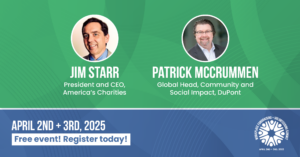Sarah Ford | December 22, 2014
18 things you should know about mass incarceration
National outrage over the failure of grand juries in Ferguson and Staten Island to indict police officers in the killings of unarmed black men has understandably focused on policing practices in African-American communities.
But racially biased policing is just one piece of a broader system that stigmatizes and targets black men for arrest and incarceration at an early age, when many are pushed out of school and into juvenile lock-ups for trivial offenses.
It’s a system that has forged the world’s largest prison system, one that author and civil rights advocate Michelle Alexander has labeled the “new Jim Crow.”
And it’s a system that has resulted in a dramatic rise in the U.S. incarceration rate – the number of prisoners per-capita – that the National Academy of Sciences has concluded is unprecedented in world history.
In the past four decades, following a half century of stability, the portion of the U.S. population in prison or jail has more than quadrupled. This expansion began immediately after the civil rights movement in response to a “law and order” movement and was further propelled by the nation’s failed war on drugs.
It is system marred by vast racial disparities – one that unfairly punishes communities of color, burdens taxpayers and exacts a tremendous social cost.
Here are 18 things you need to know about the mass incarceration crisis and how it’s hurting America’s most vulnerable communities:

Get Resources and Insights Straight To Your Inbox
Explore More Articles
For Fifth Consecutive Year America’s Charities Named ‘Best Nonprofit To Work For’
Washington, D.C. – April 1, 2025 – America’s Charities, the nonprofit that mobilizes the power of giving as a leading provider of volunteering, workplace giving,…
Read ArticleWorkplace Fundraising + Volunteering Summit (April 2nd and 3rd, 2025)
Join us in attending this virtual summit! The America’s Charities team is joining up with other leading voices in the workplace giving space for a…
Read ArticleThe Time to Act is Now
The results of the 2024 National Assessment of Educational Progress (NAEP) are in, and the findings are, in a word, heartbreaking. This assessment serves as…
Read ArticleGet Resources and Insights Straight To Your Inbox
Receive our monthly/bi-monthly newsletter filled with information about causes, nonprofit impact, and topics important for corporate social responsibility and employee engagement professionals, including disaster response, workplace giving, matching gifts, employee assistance funds, volunteering, scholarship award program management, grantmaking, and other philanthropic initiatives.




